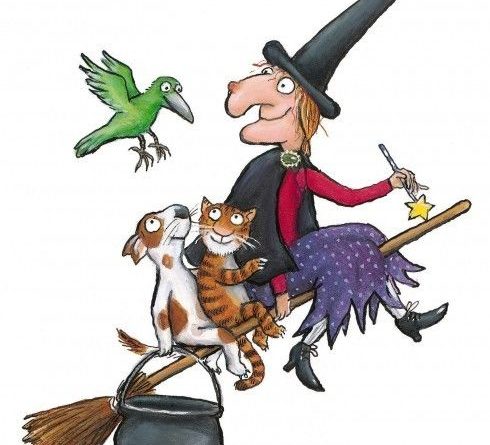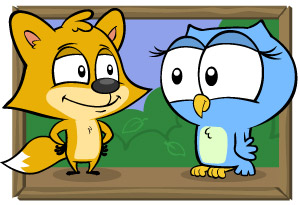Valuing the knowledge of Foreign Languages as an instrument of communication. www.oposicionesingles.com
Valuing the knowledge of Foreign Languages as an instrument of communication. Room on the broom.
Source: https://www.youtube.com/watch?v=6BnHInUVDEo
#uk #usateachers #instateacher #knowledge #resources #englishlearning #instateachers #oposicion #oposito #learnenglish #storytime #knowledge #readingtime #roadtoyourpost #news #goldenopportunity #society #people #noticias #usa #opositandoytrabajando #docente #docentes #oposicionesingles #empowerment #kids #children #education #teacherproblems #opogram
Follow us: https://www.facebook.com/OposicionesInglesRP/
More about Road to your Post: oposicionesingles.com
The main methodological consequence in relation to the development of sociocultural aspects in our FL curriculum is that they must be integrated in the different elements of the FL programming. In fact, in many regards, culture is taught implicitly, embedded in the linguistic activities that students carry out. Sometimes, depending on the age of the students, FL teachers make them aware of the cultural features reflected in the language they are learning.
However, it is the teacher´s task to define which aspects of the English speaking countries may be attractive and appealing to our students. In what follows, we suggest some possibilities:
• Popular traditions and celebrations: Halloween, Thanksgiving, Guy Fawkes….
• Popular songs and tales.
• Names of important people and cities.
• Customs: timetables, typical breakfast, etc.
• Hobbies and leisure activities: popular sports (cricket, baseball, etc…).
The FL teacher may provide these cultural aspects through contextualised activities where the learners feel they are doing something with some purpose; and there are some aspects that facilitate the integration of sociocultural aspects in the FL class, amongst them:
• Familiarity of students with English speaking countries (particularly the USA) and some of their cultural features due to TV, music or the internet influence.
• Many students feel attracted by sociocultural elements of other countries.
• The extraordinary amount of resources available to FL teachers through information and communication technologies.
Thus, as suggested by Barone (2011), the 20th century is characterised by a vast expansion of topics and complexity with genre; and the obvious consequence is that the list of authors would be endless. Due to this reason, we shall outline some of the some of the most successful works to be taken to the FL class:
“The very Hungry Caterpillar” by Eric Carle (1994) is a story about a caterpillar who learns that by eating healthy food he feels better. This story is ideal for very young students to learn and repeat words whilst they have fun with the teacher acting as a storyteller.
In “The Giving Tree” by Shel Silverstein (2014) a young boy enjoys playing under an apple tree. When he gets older, he returns to the tree to ask for help in his life; and the tree helps the boy because he loves him. In this moving story, the boy returns one final time as an old man, to make the tree happy.
“The Cat in the Hat” by Dr. Seuss (1957) is a funny story of two siblings who have to stay in because the weather outside is not pleasant; and they do not know what to do to have fun. Then, a cat in a hat knocks on their door…
Regarding the genre or type of text to read, there are many different possibilities, again depending on the student’s interests and on the aim to be achieved. Thus, as we know, fairy tales are really good for children from 8 to 12 years old as they let the kids use their imagination and read about fantastic stories, travels and adventures such as “The Beauty and the Beast”, “The Three Little Pigs”, “Hansel and Gretel”, amongst many others.
On the other hand, with younger students, nursery rhymes involve aspects such as the possibility to use TPR in class when they move around it; they also help us focus on vocabulary sets, prosodic elements (stress) and pronunciation, and even to introduce cultural elements (e.g. “Hickory, Dickory, Dock”, “Five Fat Sausages”, “Tommy Thumb”, etc.).
Limericks and Riddles are excellent texts so that students can practise pronunciation of given sounds, specific intonation patterns, and obviously they often imply cultural elements and aspects.
Other clear text elements to be used in class can range from songs, to poems, or short stories, tales, and the like. Yet, it is crucial to highlight the fact that the degree of success when implementing any of these texts in class will very much depend on the objective aimed by the teacher and obviously on the specific features of the students.
https://shop.oposicionesingles.com/
More information about us:
facebook.com/OposicionesInglesRP/
Twitter: @OposIngles
https://twitter.com/OposIngles
Instagram: https://www.instagram.com/oposiciones_ingles




